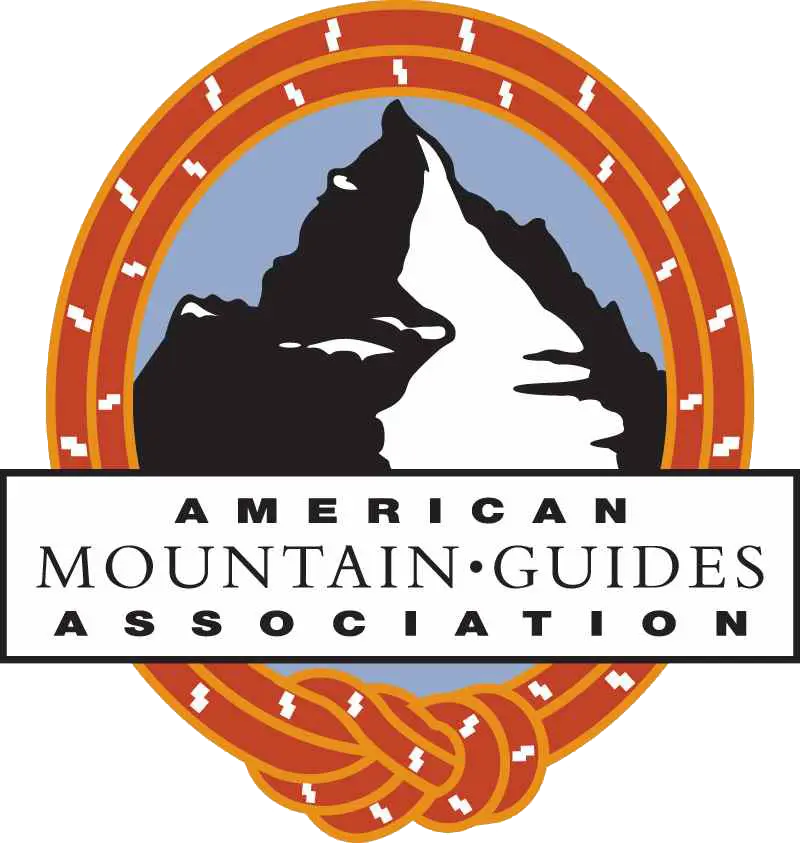
We are honored to have guided thousands of happy clients of all ages and ability levels since 2003, and we look forward to climbing with you too!

What a great two and a half days we had with our guide Derrick! These guided trips met all of our expectations and then some! We learned so much and will rebook with your group in the near future specifically because of the high quality of our guide. We will of course request our guide again if he is available. I can't say enough positive things! Thank you for a wonderful introduction to climbing. We're hooked.
I just wanted to thank you. I can't say enough about the experience I had out in Smith. You have an excellent guide, not only in ability to read the park and assign proper/challenging routes but in climber education as well. I had a great time, plan on coming back and will without question and will tell anyone climbing in your area that SRCG is the only guide service to call.
We are honored to have guided thousands of happy clients of all ages and ability levels since 2003, and we look forward to climbing with you too!
Book online/by phone, and cancel within 24 hours to retain the deposit.
Best rain/snow refund policy, even if climbing started.

We are honored to have guided thousands of happy clients of all ages and ability levels since 2003, and we look forward to climbing with you too!
We are happy to answer any questions you may have. If you are ready to reserve a trip, click here or give us a call.